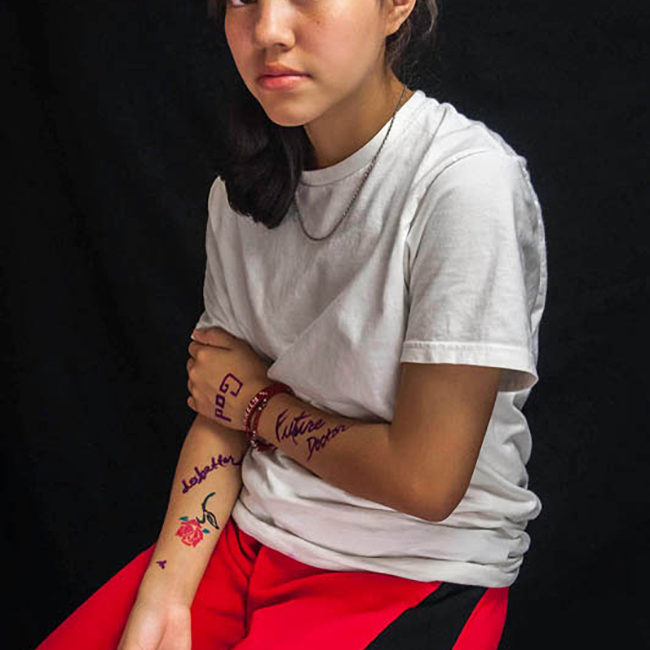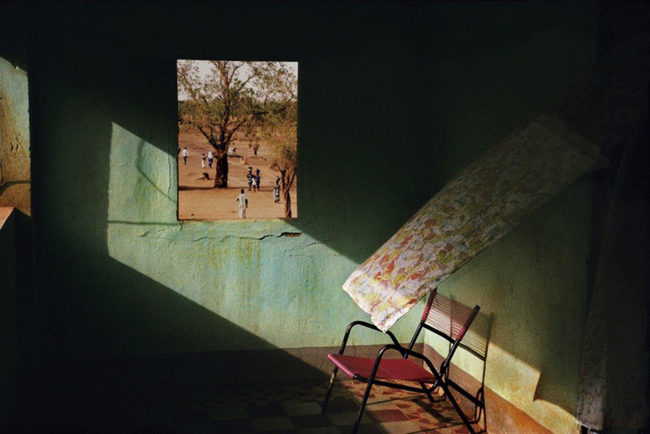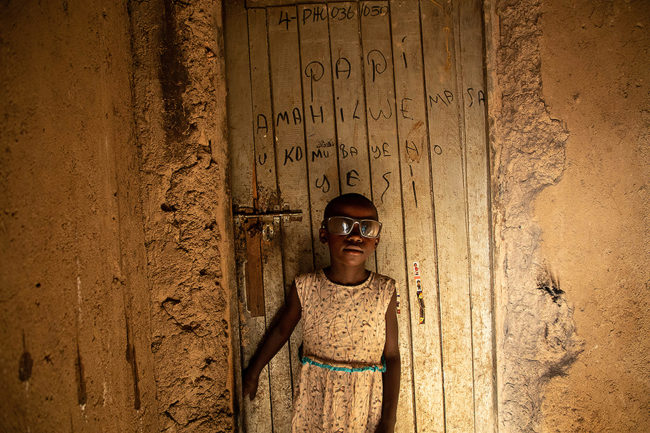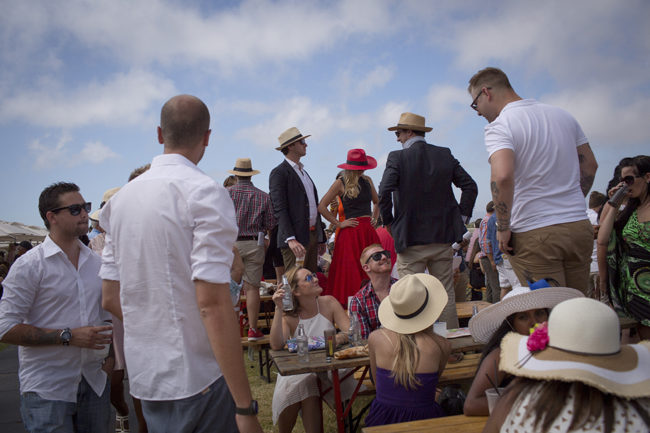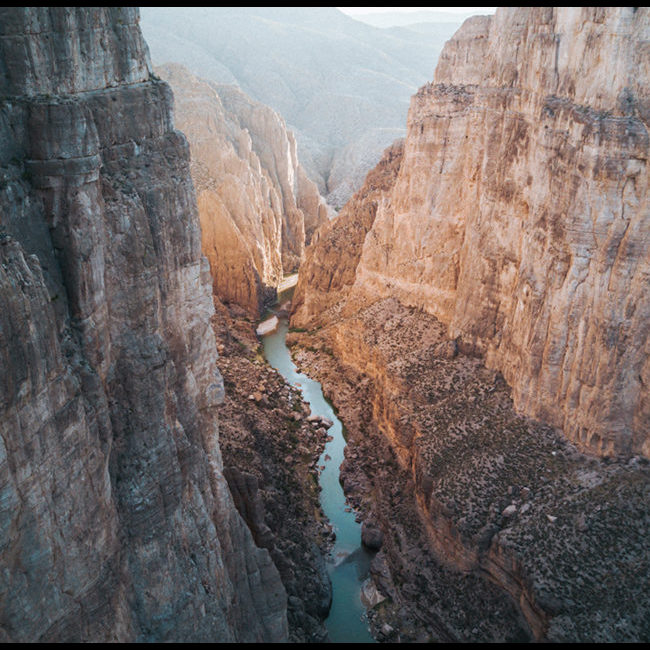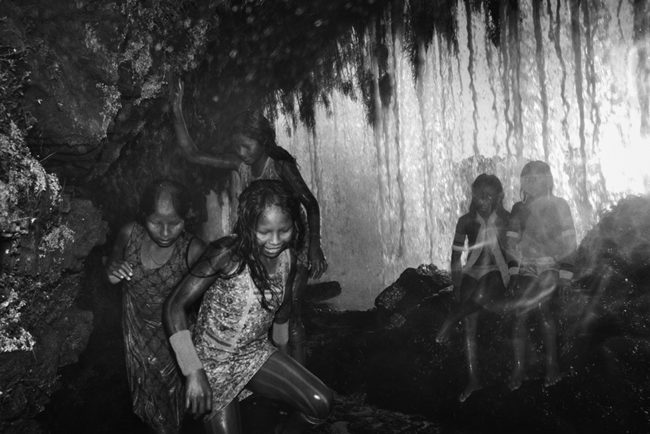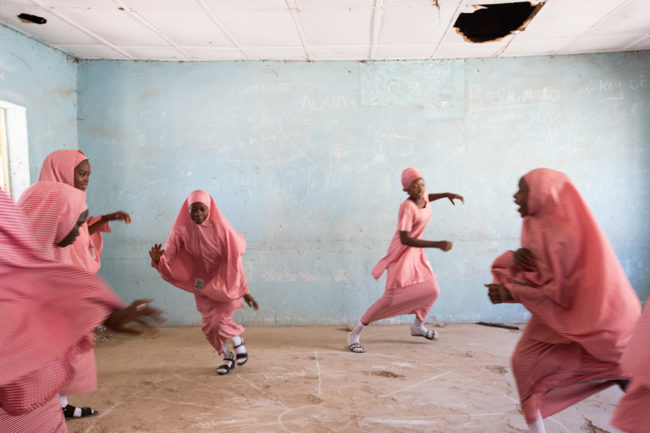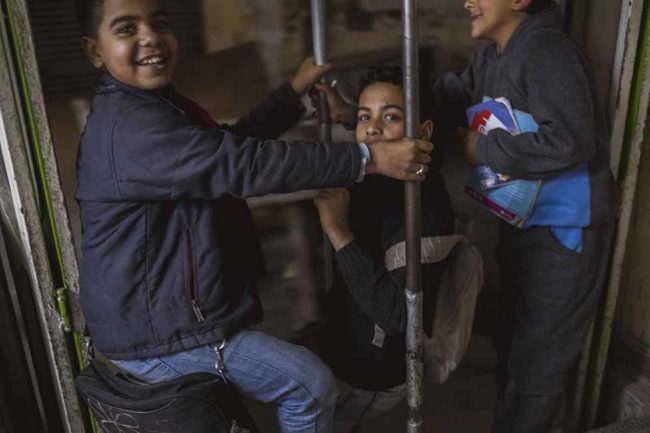In Bruce Davidson: An Illustrated Biography, writer Vicki Goldberg presents an affectionate, sometimes reverent look at the documentary photographer and the major events and turning points in his career. The second in the Magnum Legacy series of books from Prestel (launched last year with a biography of Eve Arnold), the book reproduces photos, contact sheets from several of Davidson’s best-known photo essays, logs of assignments and some typewritten artist’s statements. But the focus is on the stories behind the images—specifically, the life events that guided Davidson’s subject selection and brought about changes in his work. Born in Chicago to parents who divorced when he was 5, he was given his first camera for his bar mitzvah. He attended Rochester Institute of Technology, then spent a semester at Yale, where he studied with Josef Albers. After serving in the Army, he visited Paris and, in bohemian Montmartre, photographed Madame Fauché, a woman who had known Matisse and Gauguin. The photos impressed Henri Cartier-Bresson and led to Davidson’s induction into Magnum.
Throughout the next decades he kept crossing paths with icons of the times. In the Fifties, he photographed the Beat poets and the restless, directionless members of a Brooklyn gang. In the Sixties, he photographed Marilyn Monroe and also traveled with the Freedom Riders—a harrowing project that solidified his commitment to working on social documentary work. By the late Seventies, when LIFE had folded and magazine assignments had started to disappear (yes, print media has been shrinking for a while), he turned his attention to a long-term project on New York’s subways and its riders, photographed in rich color. Throughout the years he has also shot corporate work and portraits of leading writers and actors.
Goldberg, a veteran photography critic, moves the story at a brisk pace but pauses to consider the effects of certain creative and technical decisions. She notes, for example, how Davidson’s choice to use a medium-format camera to photograph on New York’s East 100th Street and to print the images dark, “like the Degas bronzes,” elevated the work and made his book on the subject one of the first to present photojournalism in art-book form. Goldberg is persuasive in positioning Davidson’s work between the worlds of art, social documentary and activism. —Holly Stuart Hughes
Related Stories:
Street Life
Ten Days in the Capital
10 Notable Photo Books of 2011 – Subway by Bruce Davidson
